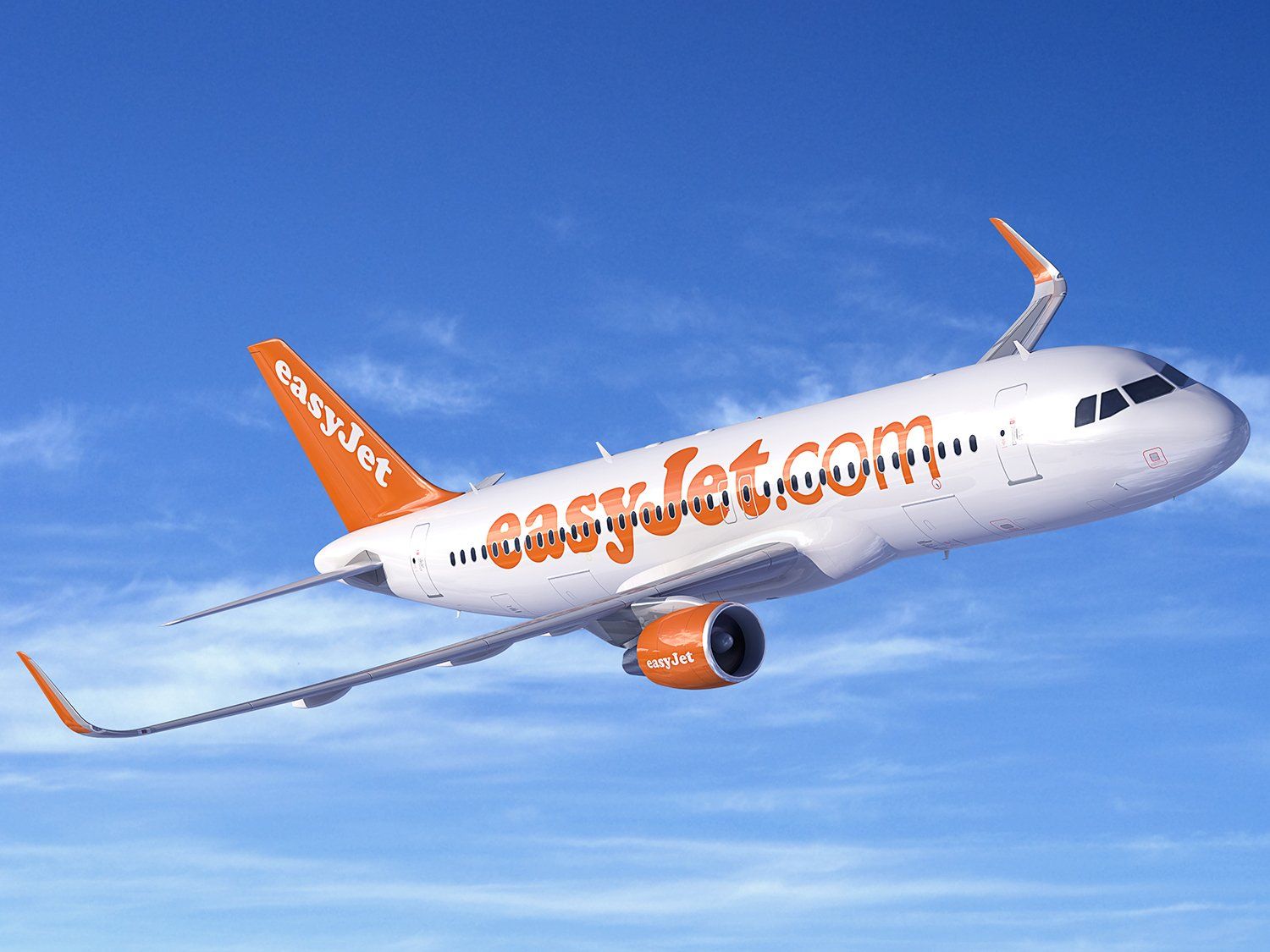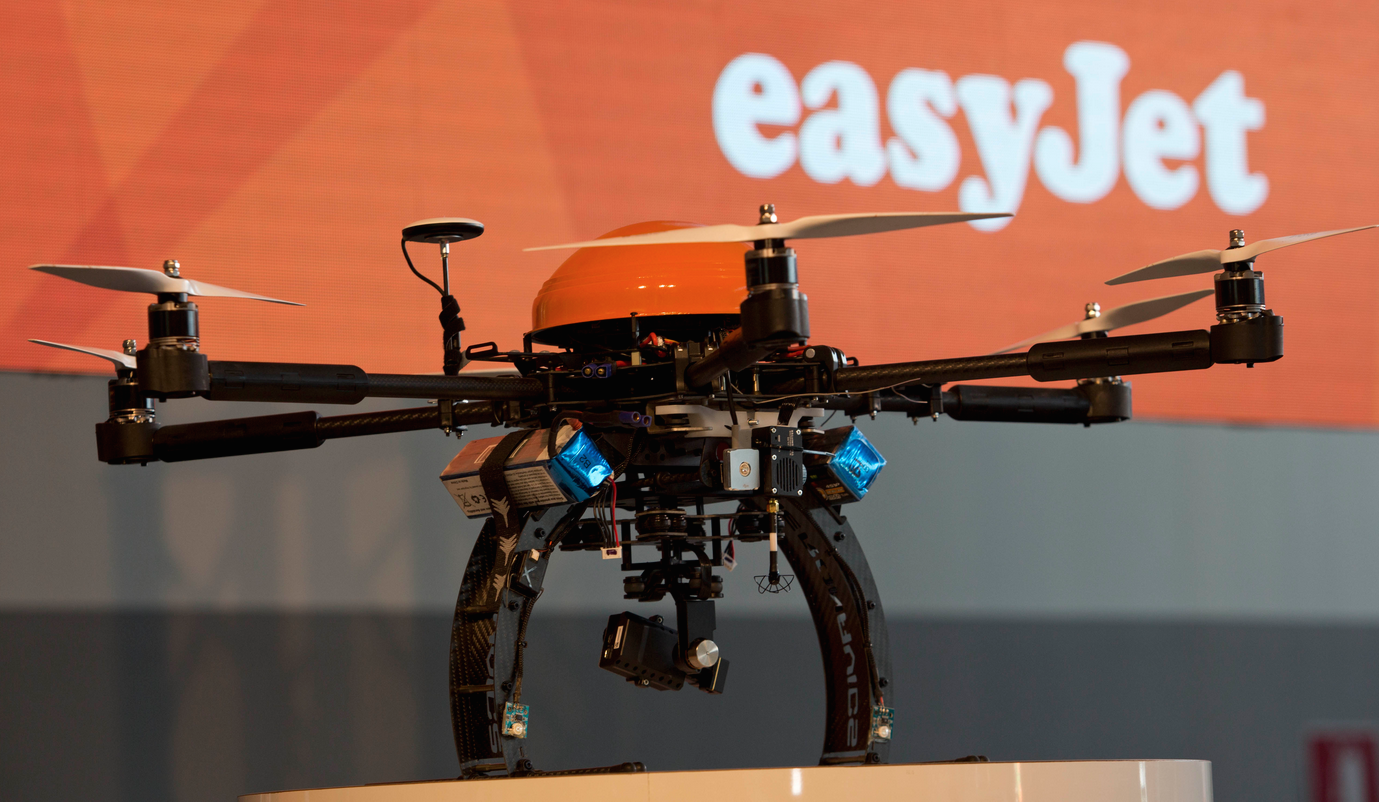
All of this leads the director general of the company in Spain, Portugal and the Low Countries, Javier Gándara, to state that they are "a 20-year-old startup". "The industry has been mostly led by aeronautical engineers, operations have been prioritised and it has the most modern fleet. This was a great mistake, because having excellent operations is not the only thing that brings success," says Gándara in an event organised by Esade. According to the director, who is also an aeronautical engineer by training, EasyJet has managed to stay ahead due to its capacity to differentiate itself by making innovation of its service one of its main pillars.
A history of ingenuity and perseverance
The origins of the low-cost service in aviation comes from the US company Southwest Airlines. That was the company that smashed the image of the commercial flight as an elite service and did it so successfully that, with the liberalisation of European air space in 1993, the continent's companies did not hesitate in taking on the new philosophy. And one of those airlines was EasyJet.
As Gándara relates, the first steps were difficult: "Stelios Haji-Ionnau, the founder, began renting planes, getting a certificate and looking for pilots to bring the low-cost service to Europe.". A year after beginning to operate, the firm acquired its first plane and began international flights to Barcelona, Nice and Amsterdam. But the most important boost for the company came with the purchase of 40% of the assets of Swiss firm, TEA Basle AG, which today operates as a franchise under the name EasyJet Switzerland.
Yet every story needs its anecdotal element to make it more epic. In EasyJet's case it is related to the beginning of the Geneva-Barcelona route: "Swiss Air, which was the national airline, said it was illegal to sell regular tickets to a third country, and the Swiss government made us stop after we had sold 20,000 tickets." Far from giving up, the company headed by Haji-Ioannau found the way to continue. "We saw that the regulations said that regular tickets could not be sold, but they could be if packages included a plane seat, transfer and accommodation," continues the director of Spain, Portugal and the Low Countries, "we bought a few tents and offered a camping package to Barcelona with campsite and tent included." Thus, ingenuity solved the problem. "They are episodes from the beginning of the company that make up the company's collective imagination and philosophy, because technological innovation and the business model are key," he concludes.
The latest example of the airline's ingenuity was with Brexit. Following the results of the referendum, Easyjet announced in a statement that it would apply for permission to operate in another country of the European Union to continue flying without restrictions.
Optimising resources to reduce costs
There are four pillars sustaining EasyJet: high use of assets, high level of occupancy, division of services and direct sales. "The planes are in the air between 10 and 12 hours a day to get the most out of the asset and ensure the lowest costs," says the director, who goes on to explain that one of the first things they did was eliminate "everything included that inflated prices". Gándara also attributes low costs to selling almost all flights online and using a dynamic price system, which allows them to "fill planes to 90%".
The low cost strategy is also possible thanks to the use of use of secondary airports: "They are cheaper and and less congested, and they better facilitate rotations of 20 or 30 minutes to fulfill the 12 hours of flight." This measure, together with the tests they are doing with drones and 3D printers to detect future problems with planes so as to repair them in the airport without having to return to base shows how the company "focuses all decisions on making flying easier and more accessible."
 |
| Drones allow for the detection of possible problems in any airport. EasyJet |
E-commerce of experiences
"We do not see ourselves as an airline, we see ourselves as an e-commerce site that flies planes," says Gándara proudly, who points out that it is this philosophy that "is the difference between the success and failure of other companies." The EasyJet website receives 5 billions euros annual visits, which makes it the third company in the world ranking, and that allows it the ability to fill a plane every six seconds in high season.
Its sales success also lies in offering a service of added value through interactive proposals. The latest invention is a guide that, through a telephone, helps the passenger to get around an airport from the moment he or she gets out of their seat until they leave with their suitcase in their hand. The company also boasts a new service for tourists looking for new experiences that offers different routes for those seeking new experiences without a clear idea of when they want to leave or return and without a clear destination in mind. "Every client is looking for certain thing and we have to try to adapt to the needs of each segment," says Gándara, who also admits that not everything is possible and that what can be done has to "fit within the possibilities."
Despite the new methods of attracting new users, EasyJet has kept the traditional channels: business trips, holidays and short flights. The former make up only 20% of the business, while the other two make up most of turnover.
As everything is linked to the season and specific events, such as football matches or festivals, the company has not shied away from investing in a powerful Big Data department. "We are the first airline with a Head of Big Data Science," points out the director, who manages the system charged with pricing flights according to the time it takes to take to the air, the data for carrying out the operation and the demand. "Before you had certain information, you put it into the computer and it gave you certain output," says Gándara, "now the information is live and the software adjusts the price in real time." Thus, artificial intelligence helps to get the most out of each flight, but also to "increase volume without increasing staff."
From Barajas to El Prat
In November, the low cost airline announced that it was moving its base of operacions from Madrid to Barcelona, which it closed in 2012 due to a rise in airport airport taxes. The change to El Prat is a decision taken both due to the lower costs as well as giving more emphasis to the Catalan facilities: "Barcelona has played an important role in many stages of our history and is, moreover, one of the most efficient bases in the network." In fact, June was the 20th anniversary of the first Barcelona – Luton flight.
El Prat is only one of 26 bases that EasyJet has in Europe. There are 40 pilots, 80 crew members and 200 support ground operators out of the total of 10,000 employees that the company has in the 31 countries in which it is present.
Among the aims of the next five years is increasing routes, such as the announced Mallorca-Amsterdam, Menorca-Lyon or Malaga-Amsterdam routes. That will allow them to fulfill the expectation of "growing 7% annually" and maintaining the 6 billion euros of turnover attained in 2015. What Gándara says they are clear about is that "there is still the possibility of generating business", especially in long distance routes.
As for the competition, the threats come from companies such as TAP or British Airways, not Vueling or Ryanair: "They are very big in Europe, the main UK airline, and have been flying from the main airports for a long time."